|
MELAMED R. Indoor localization: Challenges and opportunities[C]. 2016 IEEE/ACM International Conference on Mobile Software Engineering and Systems, Austin, USA, 2016: 1–2.
|
|
徐玉滨, 邓志安, 马琳. 基于核直接判别分析和支持向量回归的WLAN室内定位算法[J]. 电子与信息学报, 2011, 33(4): 896–901. doi: 10.3724/SP.J.1146.2010.00813XU Yubin, DENG Zhian, and MA Lin. WLAN indoor positioning algorithm based on KDDA and SVR[J]. Journal of Electronics &Information Technology, 2011, 33(4): 896–901. doi: 10.3724/SP.J.1146.2010.00813
|
|
KHALAJMEHRABADI A, GATSIS N, and AKOPIAN D. Modern WLAN fingerprinting indoor positioning methods and deployment challenges[J]. IEEE Communications Surveys & Tutorials, 2017, 19(3): 1974–2002. doi: 10.1109/COMST.2017.2671454
|
|
JI Yiming, BIAZ S, PANDEY S, et al. ARIADNE: A dynamic indoor signal map construction and localization system[C]. The 4th International Conference on Mobile Systems, Applications and Services, Uppsala, Sweden, 2006: 151–164.
|
|
OUYANG R W, WONG K K S, LEA C T, et al. Indoor location estimation with reduced calibration exploiting unlabeled data via hybrid generative/discriminative learning[J]. IEEE Transactions on Mobile Computing, 2012, 11(11): 1613–1626. doi: 10.1109/TMC.2011.193
|
|
SOROUR S, LOSTANLEN Y, VALAEE S, et al. Joint indoor localization and radio map construction with limited deployment load[J]. IEEE Transactions on Mobile Computing, 2015, 14(5): 1031–1043. doi: 10.1109/TMC.2014.2343636
|
|
ZHOU Mu, TANG Yunxia, TIAN Zengshan, et al. Semi-supervised learning for indoor hybrid fingerprint database calibration with low effort[J]. IEEE Access, 2017, 5: 4388–4400. doi: 10.1109/ACCESS.2017.2678603
|
|
WANG Jin, TAN N, LUO Jun, et al. WOLoc: WiFi-only outdoor localization using crowdsensed hotspot labels[C]. IEEE Conference on Computer Communications, Atlanta, GA, USA, 2017: 1–9.
|
|
CHAPELLE O and ZIEN A. Semi-supervised classification by low density separation[C]. The Tenth International Workshop on Artificial Intelligence and Statistics, Bridgetown, Barbados, 2005: 57–64.
|
|
STEVENS J R, RESMINI R G, and MESSINGER D W. Spectral-density-based graph construction techniques for hyperspectral image analysis[J]. IEEE Transactions on Geoscience and Remote Sensing, 2017, 55(10): 5966–5983. doi: 10.1109/TGRS.2017.2718547
|
|
ZHU Manli and MARTINEZ A M. Pruning noisy bases in discriminant analysis[J]. IEEE Transactions on Neural Networks, 2008, 19(1): 148–157. doi: 10.1109/TNN.2007.904040
|
|
RODRIGUEZ A and LAIO A. Clustering by fast search and find of density peaks[J]. Science, 2014, 344(6191): 1492–1496. doi: 10.1126/science.1242072
|
|
LOHAN E S, TORRES-SOSPEDRA J, LEPPÄKOSKI H, et al. Wi-Fi crowdsourced fingerprinting dataset for indoor positioning[J]. Data, 2017, 2(4): 32. doi: 10.3390/data2040032
|
|
TORRES-SOSPEDRA J, MONTOLIU R, MARTíNEZ-USó A, et al. UJIIndoorLoc: A new multi-building and multi-floor database for WLAN fingerprint-based indoor localization problems[C]. 2014 International Conference on Indoor Positioning and Indoor Navigation, Busan, South Korea, 2014: 261–270.
|
|
ZELNIK-MANOR L and PERONA P. Self-tuning spectral clustering[C]. Advances in Neural Information Processing Systems, Vancouver, British Columbia, Canada, 2005: 1601–1608.
|
|
TORRES-SOSPEDRA J, MONTOLIU R, TRILLES S, et al. Comprehensive analysis of distance and similarity measures for Wi-Fi fingerprinting indoor positioning systems[J]. Expert Systems with Applications, 2015, 42(23): 9263–9278. doi: 10.1016/j.eswa.2015.08.013
|
|
BELKIN M and NIYOGI P. Laplacian eigenmaps for dimensionality reduction and data representation[J]. Neural Computation, 2003, 15(6): 1373–1396. doi: 10.1162/089976603321780317
|
|
HAM J, LEE D D and SAUL L K. Semisupervised alignment of manifolds[C]. The Tenth International Workshop on Artificial Intelligence and Statistics, Bridgetown, Barbados, 2005: 120–127.
|
|
BAHL P and PADMANABHAN V N. RADAR: An in-building RF-based user location and tracking system[C]. The Nineteenth Annual Joint Conference of the IEEE Computer and Communications Societies, Tel Aviv, Israel, 2000, 2: 775–784.
|






 下载:
下载:
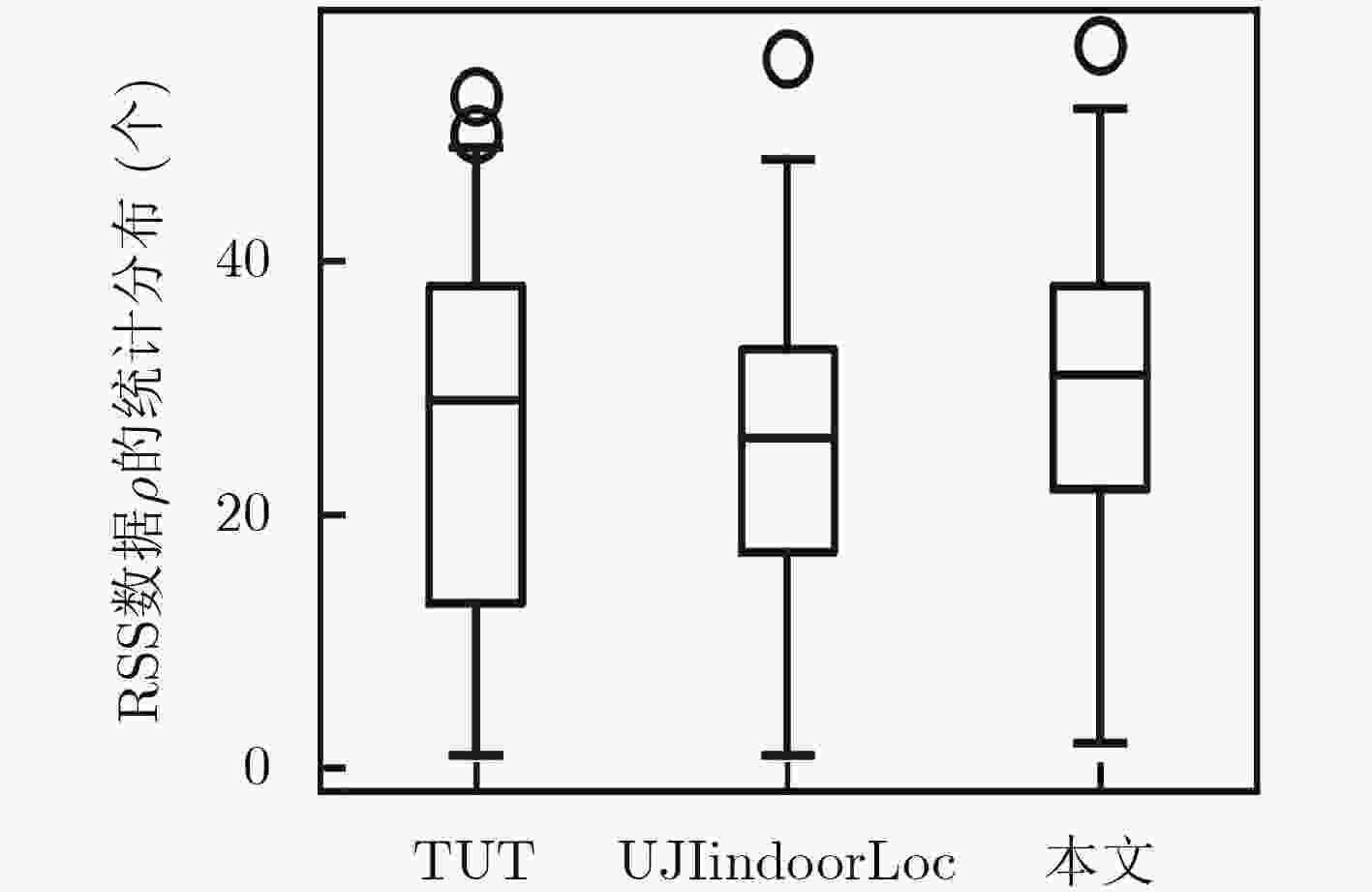
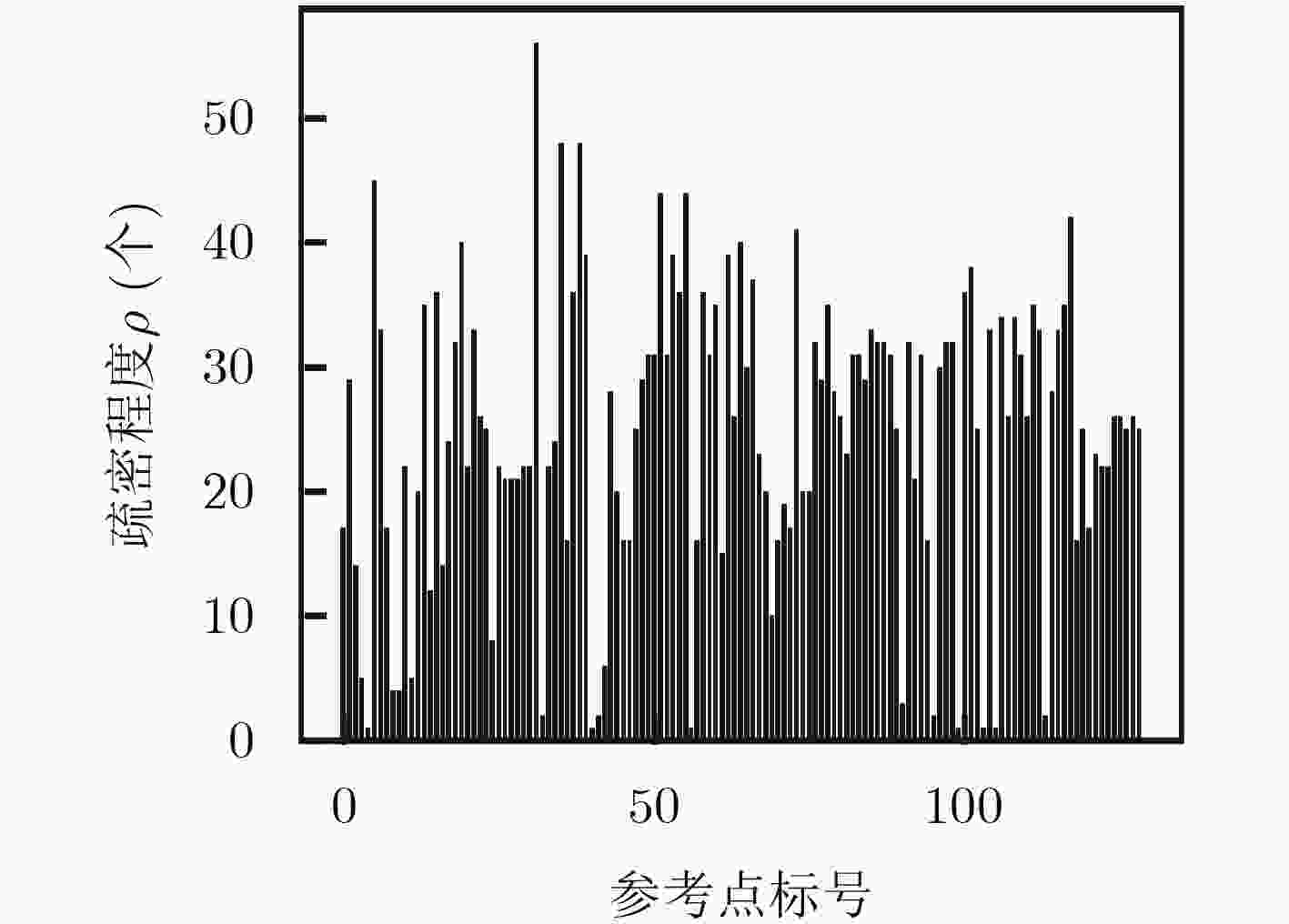
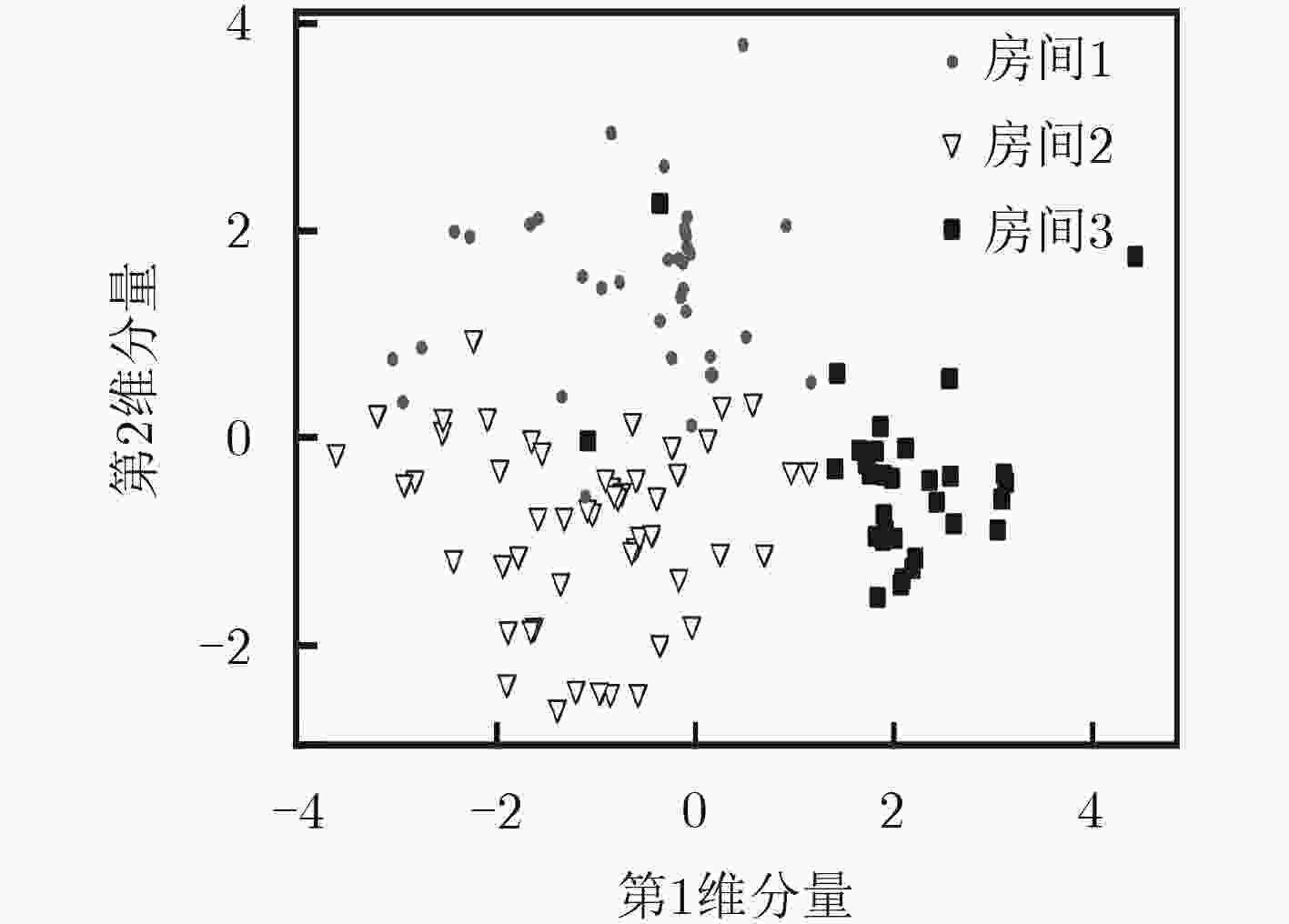


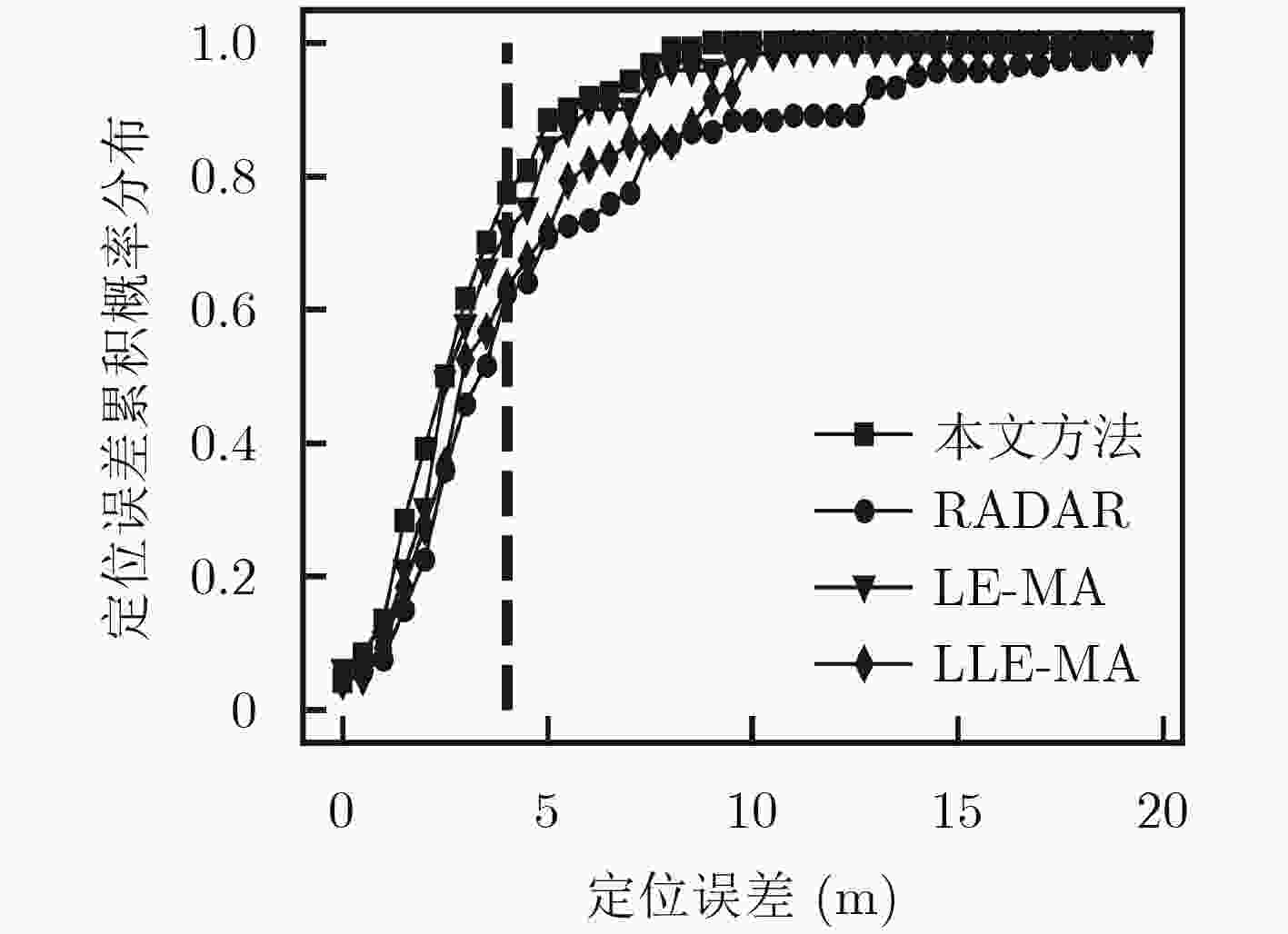
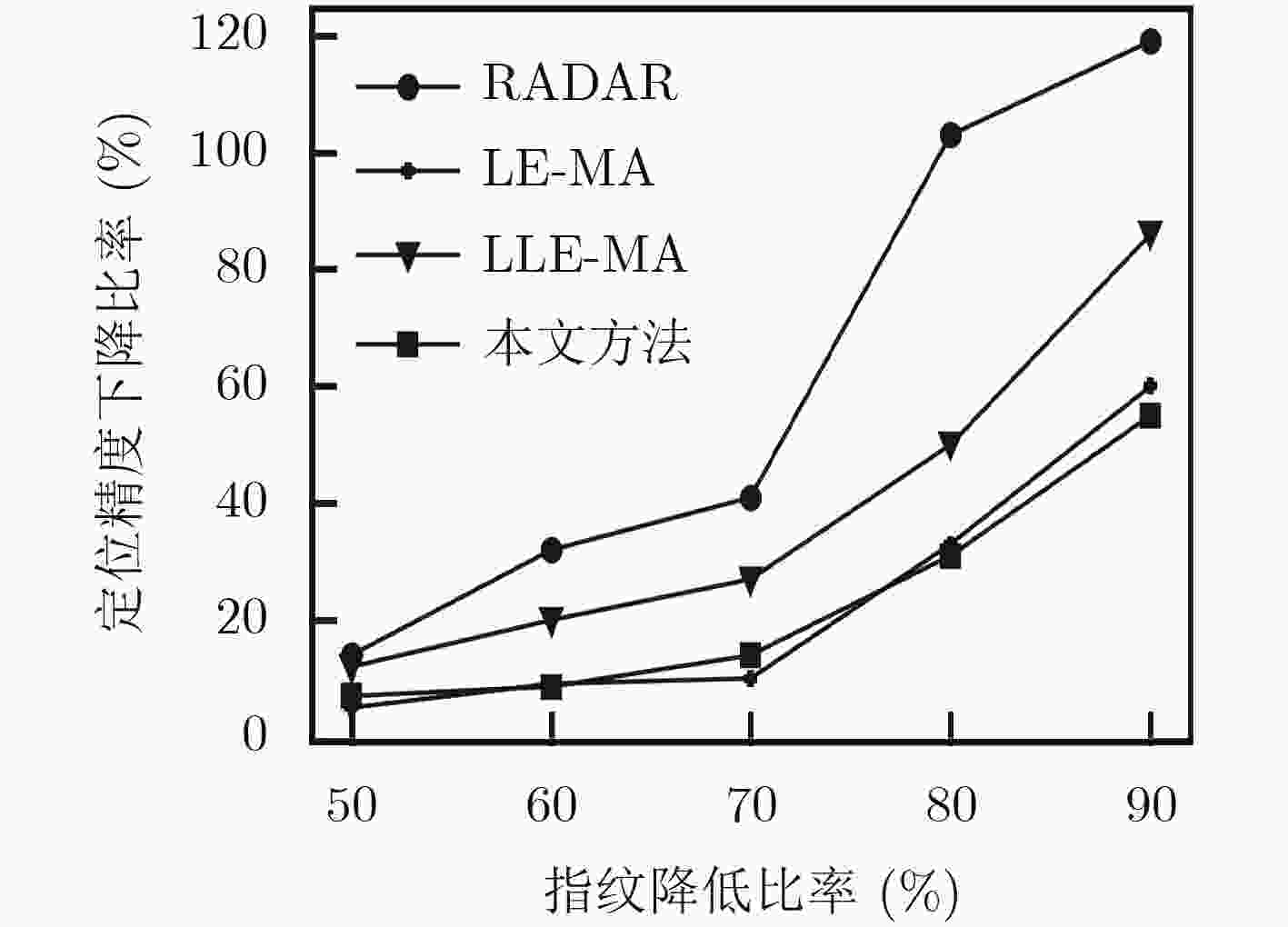
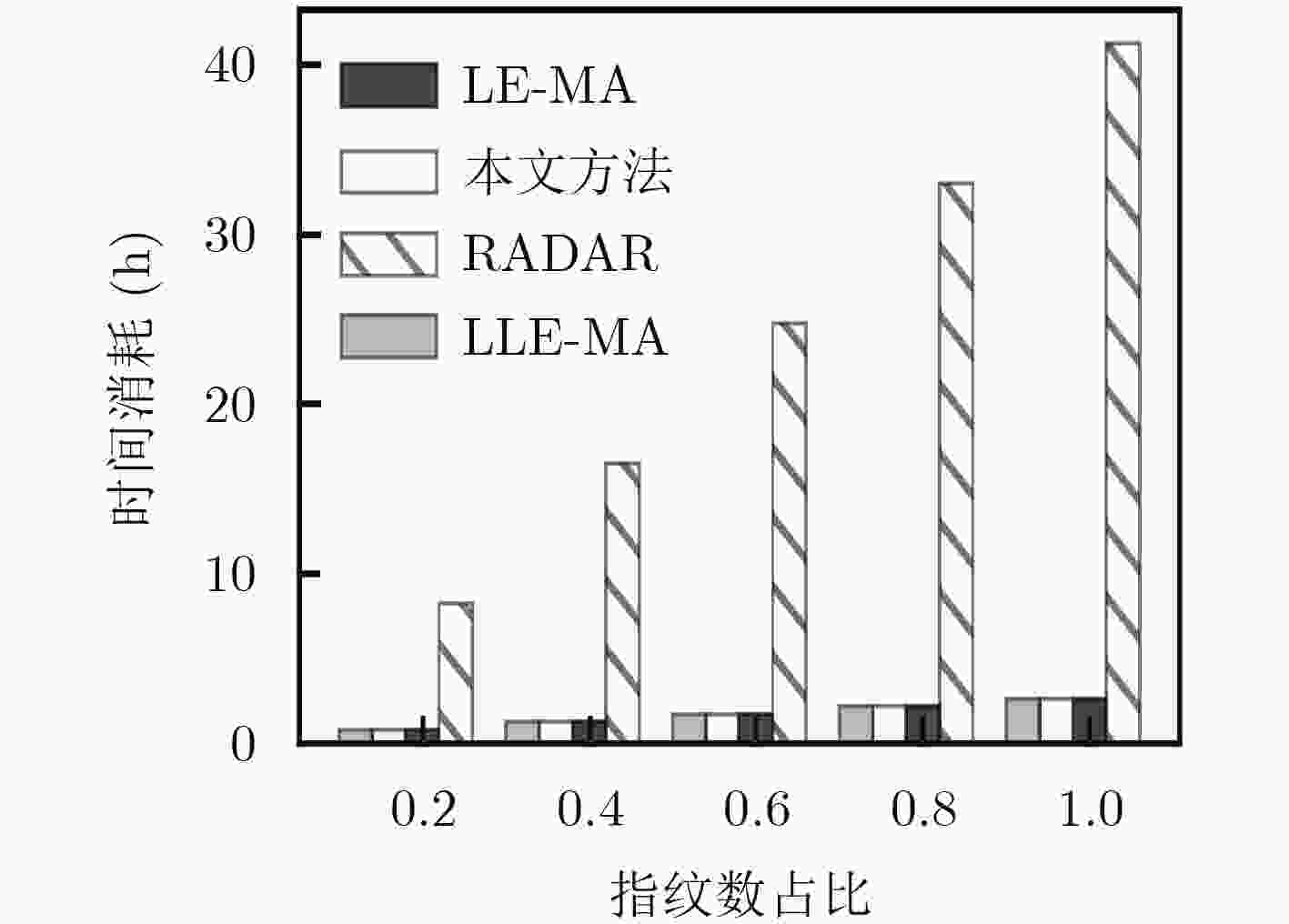
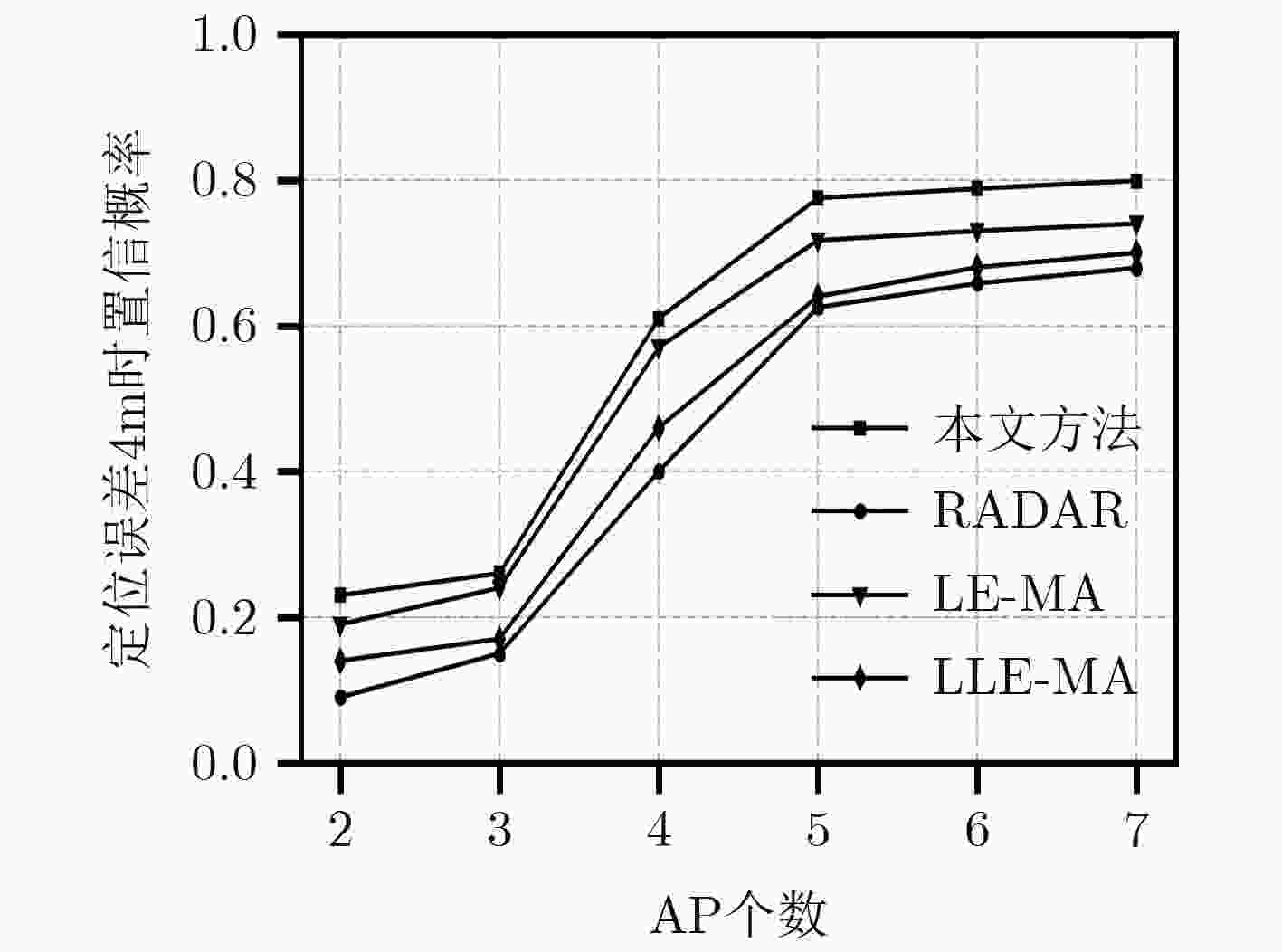



 下载:
下载:
